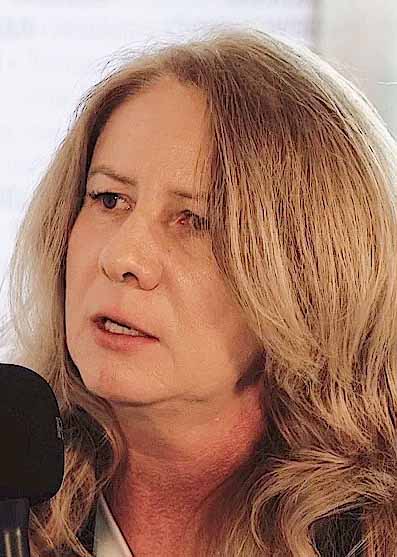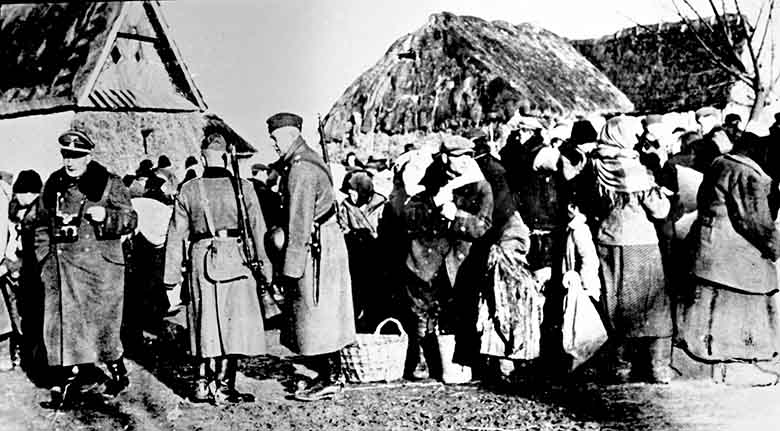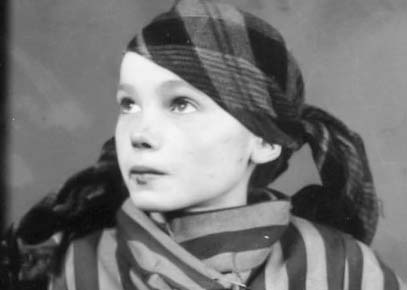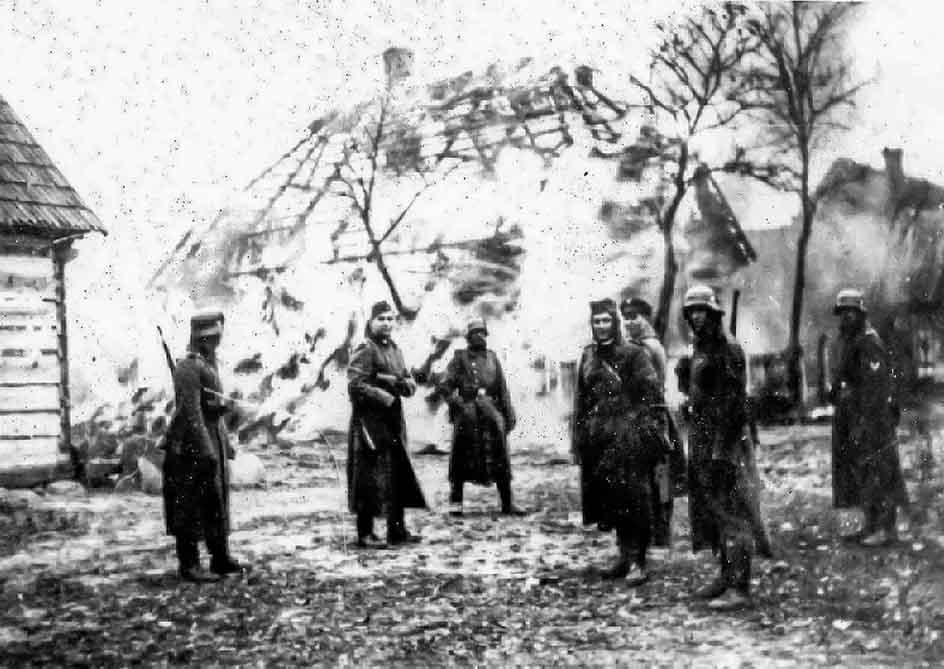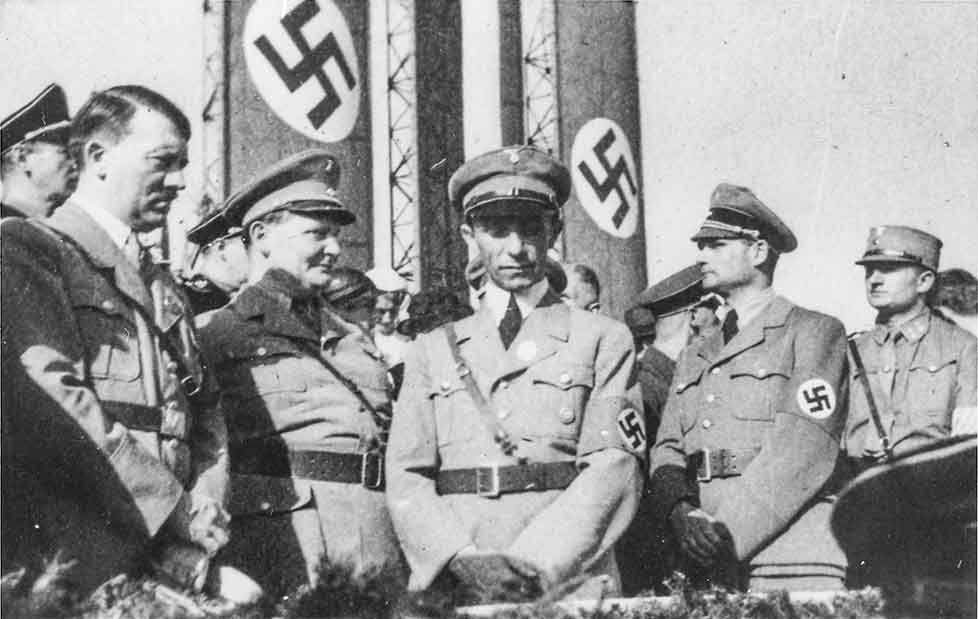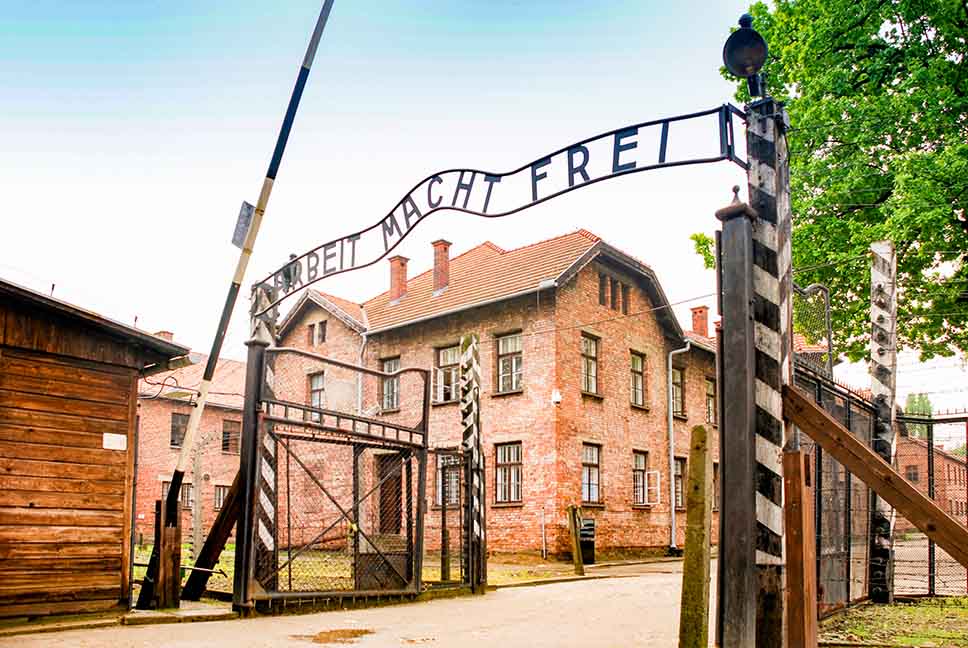In the Stutthof concentration camp, throughout its entire period of operation, various pseudo-medical experiments were carried out on prisoners. These acts are classified as crimes against humanity consisting of conducting medical experiments that resulted in death, serious damage to health or other bodily harm to the people undergoing these procedures.
Among the medical experiments conducted by German doctors in concentration camps, there are many that can be classified as pseudo-medical experiments. The alleged purpose of conducting these experiments was to advance medicine, which was to save, prolong life and improve human health. Those conducted in Nazi concentration camps were characterized by illegality, which was revealed primarily in performing these procedures without the consent of the people or even despite their objection, with the use of torture of the subjects, which often led to death. The criminal experiments covered numerous medical specializations with a wide scope, including: surgery, internal medicine, infectious diseases, radiology, gynecology, psychiatry, anatomy, pathological anatomy, oncology, immunology, serology, bacteriology, pathology, hygiene, genetics, pharmacology, toxicology.
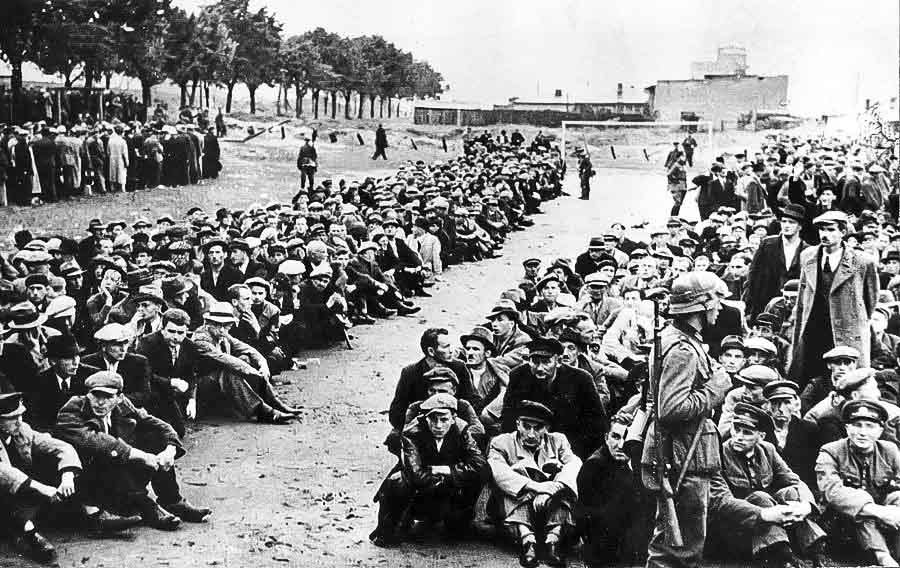
Poles arrested in Gdynia in September 1939 (Source: DlaPolonii.pl)
"Human material" was an excellent research material for many German doctors, because medical students were trained not only at universities. Some of the pseudo-medical experiments involving doctors of the Third Reich had already begun before the war. The first tests on the human body's reaction to cooling were carried out in Germany in October and November 1938 in the Sachsenhausen concentration camp. These experiments were aimed at testing a person's resistance to cold in the event of a ship sinking or a parachute jump from an airplane into the sea. Some of the first studies in this area were carried out in the Dachau concentration camp.
Similar experiments with cooling the body using cold water were conducted in the Stutthof concentration camp located near Gdańsk. These studies were supervised by the doctor of the Stutthof garrison SS-Obersturmführer Otto Heidl. This case first found its manifestation during the investigation of the National Prosecutor's Office in Mannheim into the case of Emanuel Bier. During World War II, he was a student of the military medical course at the Institute of Anatomy of the Medical Academy in Gdańsk under the supervision of Prof. Rudolf Spanner. Through the Zentrale Stelle in Ludwigsburg, the German prosecutor's office asked the Main Commission for the Investigation of Nazi Crimes to collect and send evidence in the case of Emanuel Bier, suspected of committing crimes of a criminal nature on the premises of the Medical Academy in Gdańsk, i.e. participating in pseudo-medical experiments on prisoners of the Stutthof camp.
During the hearing conducted on 17 January 1959 by the Presidium of the Criminal Police in Mannheim, he testified: "During that semester [1942] I worked at the anatomical institute in Gdańsk under Professor Spanner, where cold tests were performed on dead prisoners of the Stutthof concentration camp. There we received preparations and assessed cell changes." The evidence found in the German files did not confirm Emanuel Bier's participation in the experiments conducted on prisoners of the Stutthof camp. The proceedings against him were discontinued on 31 August 1959 due to the finding that "there was no information whatsoever that there was any connection between the concentration camp and the Medical Academy in Gdańsk, nor that cold tests were performed on prisoners in that concentration camp."
However, this was not the only case concerning an experiment in this field. Another category of crimes classified as pseudo-medical experiments was the administration of lethal injections in the Stutthof concentration camp. A case from this category was conducted in the 1980s by the Central Department of the North Rhine-Westphalia State for the Investigation of Nazi Mass Crimes Committed in Concentration Camps at the Cologne Public Prosecutor's Office. It was established that the victims were mainly selected in men's or women's camps and in the infirmary. The murders of people unable to work were based on the National Socialist ideology of "life not worth living", which was reflected, among others, in the order of November 12, 1941 regarding the action codenamed 14 F13.
On the basis of another order of Department D at the SS Main Economic and Administrative Office of 27 April 1943, only mentally ill prisoners were to be killed, who were sought out in the hospitals of individual concentration camps by a medical commission. In the evidentiary proceedings conducted by the German side, no evidence was found of the aforementioned commission's visit to KL Stutthof. Camp doctor Otto Heidl testified in this regard that the aforementioned order 14 F13 in KL Stutthof was binding only in the case of very sick people. The choice of victims and the manner of death was left to the camp doctor's discretion. It was stated, however, that in KL Stutthof prisoners were put to death ("put to sleep"), for example, with petrol injections, as testified by many former prisoners. On this basis, the Tübingen Public Prosecutor's Office, in a verdict issued in 1963, found that murders had been committed in the camp on at least forty victims by administering petrol injections. It held Willy Knott responsible for this crime. During his interrogations, it pointed to many accomplices in this regard. Knott himself claimed that he had seen one day Dr. Heidl's predecessor, a certain SS-Obersturmführer, take a box with a syringe out of a wardrobe and bring a female and male prisoner to his room in the hospital. After a while, he announced that the woman should be taken to the morgue. A few days later, the same thing happened to the aforementioned prisoner. From these circumstances, Haupt concluded that the doctor had killed the two prisoners by administering the injections. At the end of August 1942, the camp commandant Max Pauly, who was visiting the infirmary, accused the doctors of still having very sick prisoners lying there. After these visits, it was determined that the seriously ill should be helped by giving them morphine injections.
An analysis of the verdicts issued by German courts in the 1950s clearly indicates that the sentences imposed on these individuals were drastically low. The attitude of German judges ruling in these cases towards the perpetrators' actions can be summed up as stated in the justification of one of the verdicts: the perpetrators felt guilty anyway, and since it is impossible for a situation like that during the war to occur again, the accused will not commit such a crime again. A proverb was even quoted: "what's done is done".
In summary, in the Stutthof camp, throughout its entire period of operation, various pseudo-medical experiments were carried out on prisoners. These acts are classified as crimes against humanity consisting of conducting medical experiments that resulted in death, serious damage to health or other bodily harm to the people undergoing these procedures. Additionally, they were undoubtedly a form of repression against the wronged persons, constituting serious persecution of these people because of their belonging to a national, social and political group considered hostile to the German state.
Translation from Polish by Andrew Wozniewicz.



